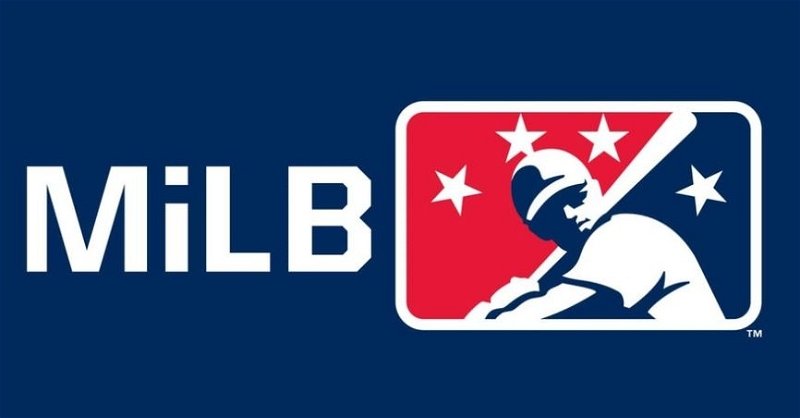
Experimental rules to be tested for 2022 Minor League season |
Major League Baseball on Monday announced a variety of experimental playing rules that have been approved by the Competition Committee and the Playing Rules Committee for use during the 2022 Minor League season. Consistent with the preferences of fans, these rules are designed to improve the pace of play, create more action on the field, and reduce player injuries.
Many experimental rules were first tested on a limited basis in 2021. The use of the most promising rules has been expanded to additional levels of play, providing more players and fans with exposure to the rules and allowing the Competition Committee to better evaluate the impact of each on game play. Below is a summary of the experimental rules that will be tested during the 2022 Minor League season: PITCH TIMER: On-field timers will be used at all full-season affiliates to enforce regulatiocoolns designed to create a crisp pace of play, with batters required to be ready to hit and pitchers required to deliver the pitch within allotted periods of time. With runners on base, pitchers will have additional allotted time for each pitch but will risk automatic baserunner advancement if a third pick-off attempt or step-off within the same plate appearance is made without recording an out. These rules were used in tandem in the Low-A West and in the Arizona Fall League in 2021 and led to a significant improvement in pace of play and a reduction in average game time of more than 20 minutes. LARGER BASES: The size of first, second and third base will be increased from 15 inches square to 18 inches square at all full-season affiliates to reduce player injuries. Bigger bases were used in 2021 at the Triple- A level and in the Arizona Fall League, and were associated with a decrease in the severity of base-related injuries. In addition, the reduction in distance between bases led to a modest increase in the rate of successful stolen base attempts. DEFENSIVE POSITIONING In Double-A, High-A and Low-A, the defensive team must have a minimum of four players on the infield, with at least two infielders completely on either side of second base. These restrictions on defensive positioning are intended to allow infielders to better showcase their athleticism, to increase batting average on balls in play, and to restore a more traditional set of aesthetics and outcomes on batted balls. AUTOMATED BALL-STRIKE (“ABS”) In select games in Triple-A and in the Low-A Southeast, ABS technology will be used to call balls and strikes. ABS was used in the Atlantic League in 2019, and in select games in the Low-A Southeast and Arizona Fall League in 2021. TRIPLE-A: In Triple-A West, umpires will call balls and strikes through May 15th, and the ABS system will be utilized in all games beginning May 17th. In Triple-A East, ABS will be used throughout the season in all games played in Charlotte. In both leagues, the ABS strike zone will approximate the strike zone called by high-level umpires. LOW-A: In Low-A Southeast, MLB will test a “Challenge” system in select games, in which umpires call balls and strikes, and the pitcher, catcher, and batter have an ability to appeal the umpire’s call to the ABS system. In Challenge Games, each team will receive three appeals. Successful appeals will be retained. Michael Hill, MLB’s Senior Vice President for On-Field Operations, said: “Given the positive results of recent years, we are continuing to prioritize the kinds of experimental rules that many baseball fans routinely discuss and want to learn more about. The testing throughout the Minors will provide us with more valuable feedback and data that can be taken into consideration.” Raúl Ibañez, MLB’s Senior Vice President for On-Field Operations, said: “Many people in our game are just like our fans in that they want to see more athleticism and action. This next round of experiments will aim to emphasize the tremendous physical talent of our players and create an environment that lends itself to an accelerated pace of play.” Theo Epstein, Consultant to MLB, said: “This year’s set of experimental rules was informed – and we believe improved – by the feedback of players, staff, umpires and fans, as well as by analysis of the impacts of last year’s tests. We are excited to roll out the improved rule experiments to a bigger population of minor league players in an effort to ensure that any potential new regulations fulfill their objectives of creating more action, athleticism and a better style of play.” MLB also continues its partnership agreement with the Atlantic League of Professional Baseball (“ALPB”), which was announced in 2019. This partnership agreement allows MLB to test experimental playing rules each season. Any new experimental playing rules for the 2022 season will be announced in the coming days.




